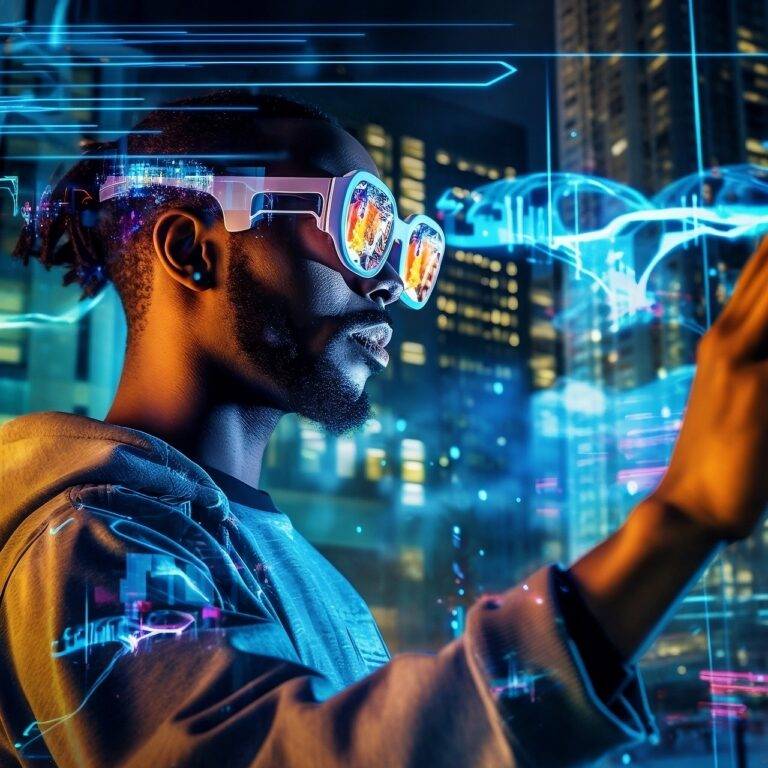Tech-Driven Innovations in Remote Collaboration
Remote collaboration has long been an essential practice in many workplaces. However, traditional methods that rely solely on emails, phone calls, and video conferences are not without their challenges. One of the most prevalent issues is the lack of real-time interaction, which can lead to delays in decision-making and hinder the flow of communication between team members. This asynchronous communication model often results in misunderstandings and a decreased sense of cohesion among remote teams.
Moreover, traditional remote collaboration methods may pose challenges in terms of fostering creativity and innovation. Without the ability to engage in spontaneous brainstorming sessions or quick ideation discussions, team members may struggle to generate new ideas and solutions efficiently. The limitations of traditional tools can stifle the collaborative process and impede the development of groundbreaking concepts that require dynamic and interactive teamwork.
Benefits of Using Technology for Remote Collaboration
Remote collaboration has been significantly transformed by the integration of technology into daily work practices. The ability to communicate instantly through various digital platforms has greatly improved the efficiency and effectiveness of remote teams. With the aid of technology, team members can seamlessly share documents, collaborate on projects in real-time, and provide feedback instantly, irrespective of their physical location.
Moreover, technology has enabled remote collaboration to become more flexible and convenient for individuals working across different time zones. The utilization of video conferencing tools, project management software, and messaging apps has made it easier for remote teams to schedule meetings, coordinate work tasks, and stay connected regardless of geographical boundaries. As a result, remote workers are able to collaborate more seamlessly, leading to increased productivity and enhanced communication among team members.
Virtual Reality and Augmented Reality for Enhanced Collaboration
Virtual Reality and Augmented Reality have revolutionized the way individuals collaborate remotely, offering a more immersive and engaging experience. By simulating physical proximity and interaction, these technologies bridge the gap between team members located in different parts of the world. Users can work together in a shared virtual space, enabling real-time communication and enhanced productivity.
The use of Virtual Reality and Augmented Reality in remote collaboration also fosters creativity and innovation. Team members can visualize complex data and concepts in a three-dimensional environment, leading to more effective problem-solving and decision-making processes. Additionally, these technologies enable users to conduct virtual meetings and training sessions, providing a cost-effective and efficient alternative to traditional face-to-face interactions.
What are some challenges of traditional remote collaboration methods?
Some challenges of traditional remote collaboration methods include lack of real-time interaction, difficulty in visualizing concepts, and limited communication channels.
How can technology enhance remote collaboration?
Technology can enhance remote collaboration by providing real-time communication tools, facilitating document sharing and editing, and enabling virtual meetings and conferences.
What is virtual reality (VR) and augmented reality (AR)?
Virtual reality (VR) immerses users in a simulated environment, while augmented reality (AR) overlays digital content onto the real world.
How can VR and AR enhance collaboration?
VR and AR can enhance collaboration by providing immersive and interactive experiences, allowing for better visualization of complex concepts, and enabling virtual meetings with lifelike avatars.
Are there any limitations to using VR and AR for collaboration?
Some limitations of using VR and AR for collaboration include the need for specialized equipment, potential for technological glitches, and concerns about user comfort and safety.





